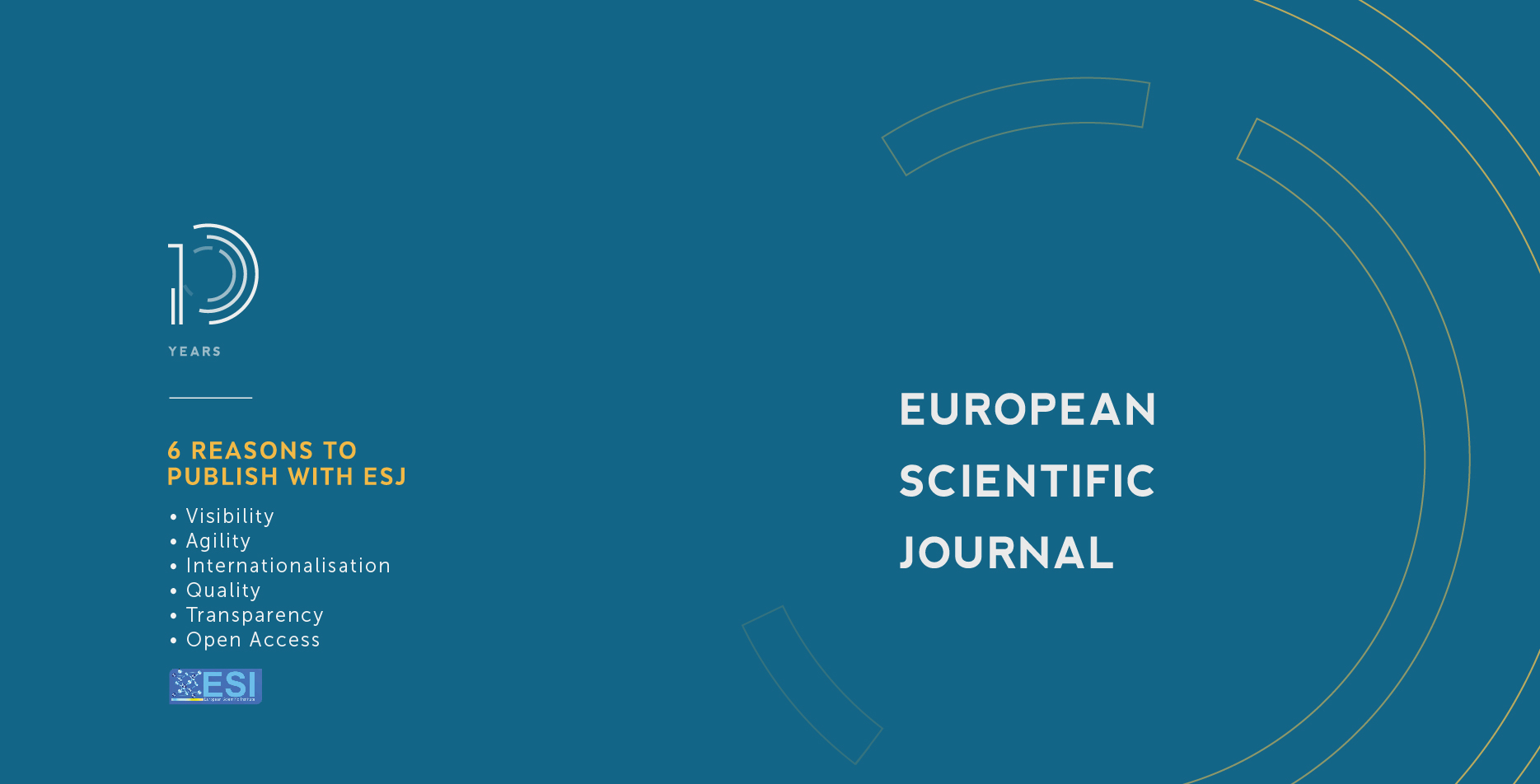Facteurs Épidémiologiques et Pronostiques Associés Aux Étiologies Des Hémorragies Digestives Hautes au CHU Campus de Lomé
Abstract
Objectif : Décrire les aspects épidémiologique, clinique et pronostique associés aux étiologies des hémorragies digestives hautes au CHU Campus de Lomé Patients et méthode: Etude transversale à collecte rétrospective, à visée descriptive et analytique menée du 1er Janvier 2014 au 31 Décembre 2019. Le seuil de significativité était retenu pour p<0,05. Résultats: Deux cent cinquante et un patients avaient été inclus. L’hémorragie était d’origine hypertensive portale chez 69 patients (27,71%) ; ulcéreuse gastro-duodénale chez 100 patients (39,84%). Chez 25 patients (9,96%), la fibroscopie oesogastroduodénale était normale. Une rupture de varices oesophagiennes était retrouvée chez 98,55% des patients présentant une hypertension portale. Les ulcères gastroduodénaux représentaient 54,94% des hémorragies digestives hautes d’origine non hypertensive portale. La valeur moyenne du score de Rockall était de 4(±1) chez les patients présentant une hémorragie d’origine hypertensive et de 3(±1) chez les patients avec hémorragie non hypertensive portale (p<0,001). La valeur moyenne du score de Glasgow-Blatchford était de 10(±3) chez les patients présentant une hémorragie d’origine hypertensive et 9(±3) chez les patients avec hémorragie digestive haute d’origine non hypertensive (p<0,001). La récidive hémorragique et le décès étaient survenus chez les patients présentant un saignement d’origine hypertensive portale dans respectivement 54,84% (p<0,001) et 71,42% (p<0,001). Conclusion: Les lésions inflammatoires aiguës et chroniques représentent la première étiologie des hémorragies digestives hautes dans le service d’Hépato-gastroentérologie du CHU Campus. Ces hémorragies sont associées à la prise de médicaments gastrotoxiques et à un moindre risque de récidive hémorragique et de décès.
Objective: To describe epidemiological et prognostic outcomes associated with etiologies upper gastrointestinal bleeding in Campus Teaching Hospital of Lome Patients and method: Cross-sectional study with retrospective collection, descriptive and analytical aim carried out from January 1, 2014 to December 31, 2019. Results: Two hundred and one patients were included. The hemorrhage was of portal hypertensive origin in 69 patients (27.71%); peptic ulcer in 100 patients (39.84%). In 25 patients (9.96%), the oesogastroduodenal fibroscopy was normal. Ruptured esophageal varices were found in 98.55% of patients with portal hypertension. Peptic ulcers accounted for 54.94% of upper GI bleeding of non-portal hypertensive origin. The mean value of the Rockall score was 4(±1) in patients with hemorrhage of hypertensive origin and 3(±1) in patients with non-portal hypertensive hemorrhage (p<0.001). The mean Glasgow-Blatchford score was 10(±3) in patients with hemorrhage of hypertensive origin and 9(±3) in patients with upper GI hemorrhage of nonhypertensive origin (p<0.001). Hemorrhagic recurrence and death occurred in patients with bleeding of hypertensive origin in 54.84% (p<0.001) and 71.42% (p<0.001) respectively. Conclusion: Acute and chronic inflammatory lesions represent the first etiology of upper GI bleeding in the Gastroenterology Department of the Campus Teaching Hospital of Lome. These hemorrhages are associated with the use of gastrotoxic drugs and with a lower risk of recurrence of hemorrhage and death.
Downloads
Metrics
PlumX Statistics
Copyright (c) 2021 Aklesso Bagny, Lidawu Roland-Moise Kogoe, Laconi Yeba Kaaga, Late Mawuli Lawson-Ananissoh, Debehoma Redah, Mawunyo Henoc Gbolou, Yendoukoa Yves Kanake

This work is licensed under a Creative Commons Attribution-NonCommercial-NoDerivatives 4.0 International License.








